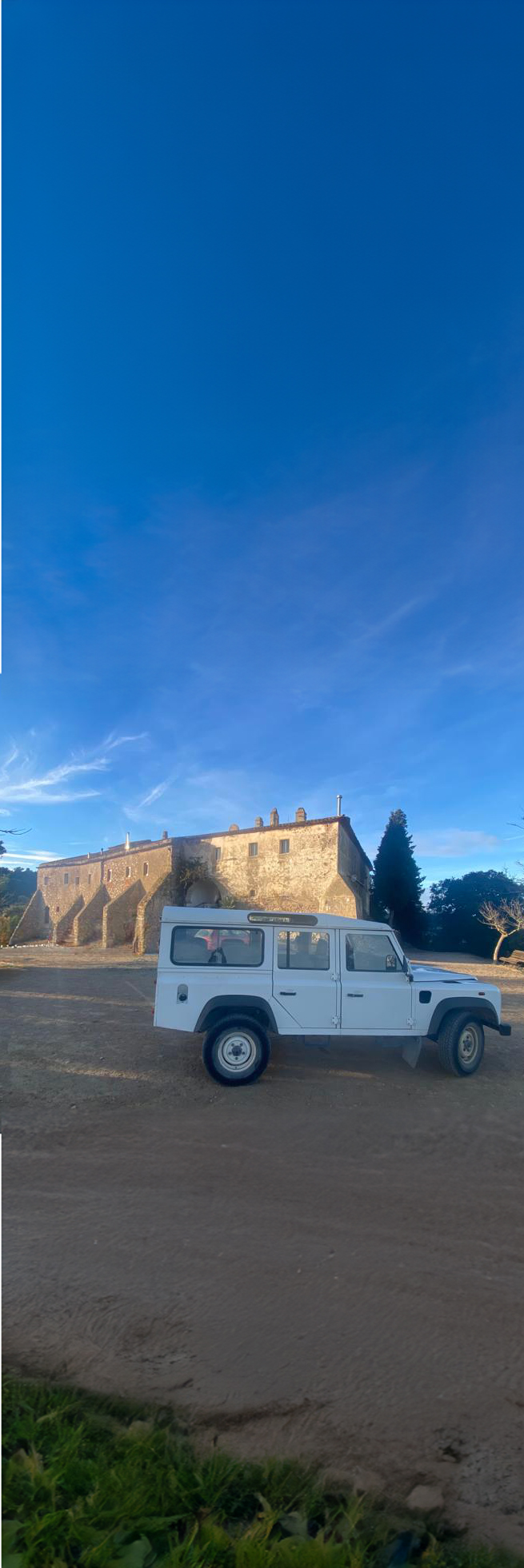La Emita - go in a Jeep
The hermitage is a religious building in the municipality of Alforja.
Built not far from Mount Puigcerver (835 meters high), it is located on the border with the term of Riudecols. Due to its location, there has always been some rivalry between Riudecols and Alforja over its possession.
Description:
It consists of a set of buildings, constructed over the centuries. The sanctuary itself is a long and narrow nave, with seven sections and a head, with the chamber restored. In the inner courtyard, there is an interesting covered well, with a roof decorated with ceramics, and the wheel to normally draw the bucket is the most interesting part of the set. Tradition dictated that, for centuries, on the night of San Juan, gigantic bonfires were lit in this place, which could have originated in an Iberian cult. This custom was lost in the 20th century. The feast of the Virgin Mary of Puigcerver is celebrated on August 5. Although on the first Sunday in August, early morning walks are held to climb to the hermitage from Riudecols and also from Alforja. The walk starts around 6 in the morning, and the hermitage is reached via the path from Riudecols or also by the path from Alforja if you climb from Alforja. There, the faithful have a communal breakfast before going to mass and giving a kiss to the Virgin Mary.
History
It is documented as far back as the 12th century, a period from which visible remains seem to be absent. It was built by Pere dels Arcs, lord of Vinyols i els Arcs and Alforja, in compliance with the will of his parents Ramon and Romeva de Ganagot, lady of Alforja (dated 1227 and 1233), which imposed this construction on him. The chapel was built in 1243 when Pere died. It was enlarged in the 17th century, and the works were finished in 1620. Partially destroyed in the first Carlist War, it was rebuilt in 1858 and 1863, but it was again damaged by the conflicts between liberals and Carlists in the war of 1872-1875, being rebuilt again in 1882. The old image, which legend says was found by a shepherd, was destroyed by revolutionaries during the summer of 1936 at the outbreak of the civil war.
The chamber of the Virgin Mary was restored in 1953. The well in the courtyard is inscribed with the date 1920.

